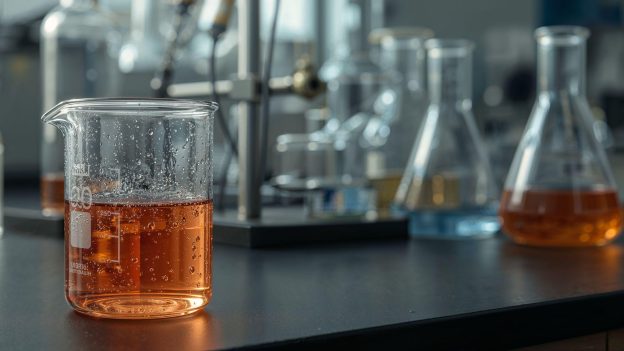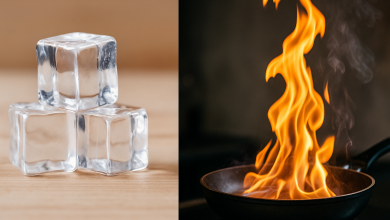Acids, Bases, and Salts: A Brief Introduction

Acids, bases, and salts are fundamental concepts in chemistry that are vital to both scientific understanding and practical applications in daily life.
From the sour taste of citrus fruits to the slippery feel of soap, these substances are all around us.
Understanding their properties, behavior, and interactions helps in various fields such as medicine, agriculture, food science, and industry.
In this article, we will explore the definitions, theories, properties, reactions, and uses of acids, bases, and salts—along with real-world examples that demonstrate their significance.
What Are Acids, Bases, and Salts?
These definitions may seem simple, but they evolve significantly under different scientific theories.
Acids, Bases, and Salts: Theoretical Perspectives
Arrhenius Theory
Bronsted-Lowry Theory
Lewis Theory
|
Theory |
Acid Definition |
Base Definition |
Applicability |
|
Arrhenius |
Releases H⁺ in water |
Releases OH⁻ in water |
Aqueous only |
|
Brønsted-Lowry |
Proton donor |
Proton acceptor |
General |
|
Lewis |
Electron pair acceptor |
Electron pair donor |
Broadest (non-aqueous) |
Properties of Acids and Bases
Acids
Examples:
Bases
Examples:
pH Scale and Indicators
The pH scale ranges from 0 to 14 and measures the acidity or basicity of a solution.
Common Indicators:
Neutralization and Formation of Salts
Neutralization Reaction:
An acid reacts with a base to form a salt and water.
General Equation:
Acid + Base → Salt + Water
Types of Salts:
Chemical Equations and Examples
HCl + NaOH → NaCl + H₂O
H₂SO₄ + Ca(OH)₂ → CaSO₄ + 2H₂O
CH₃COOH + NH₃ → CH₃COONH₄
Real World Applications
Acids in Daily Life:
Bases in Daily Life:
Salts in Daily Life:
Acids, bases, and salts are essential to both nature and modern science.
Their behaviors, dictated by theories from Arrhenius to Lewis, help us predict chemical reactions and design products in various industries.
Whether you’re brushing your teeth with a fluoride-based toothpaste (base) or preserving food with vinegar (acid), chemistry is at work.
Understanding these substances goes beyond the classroom, it empowers innovation in medicine, agriculture, manufacturing, and environmental science.








